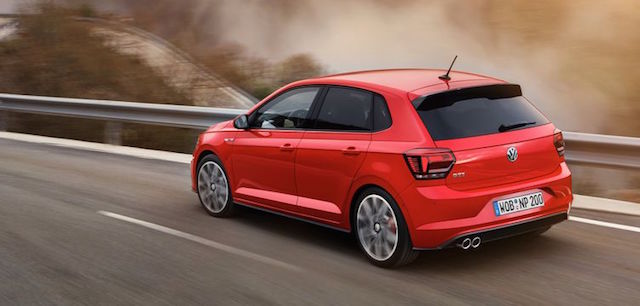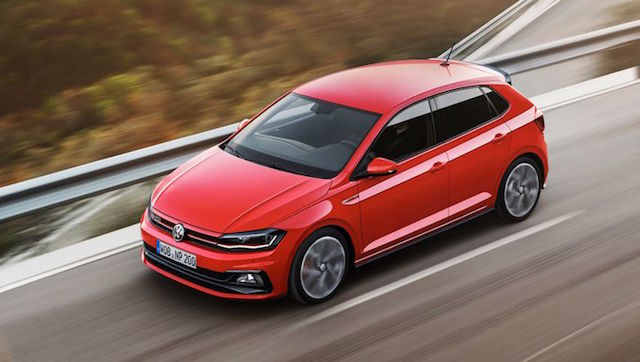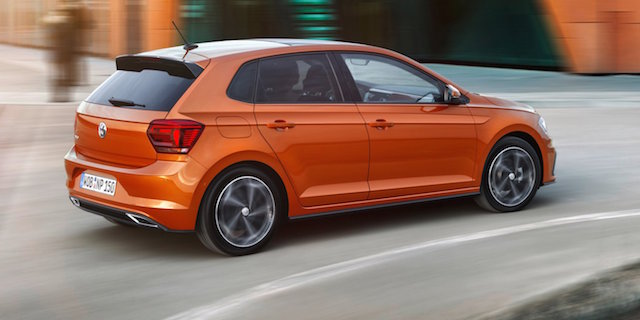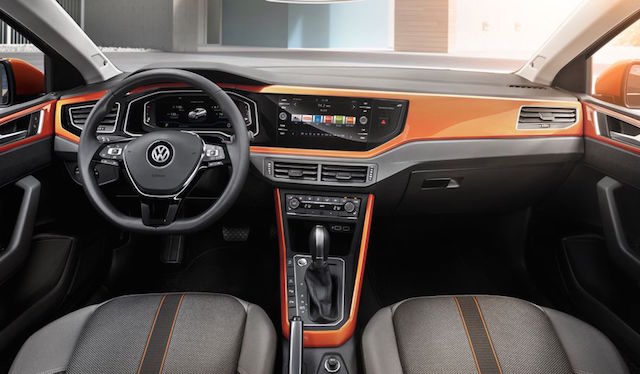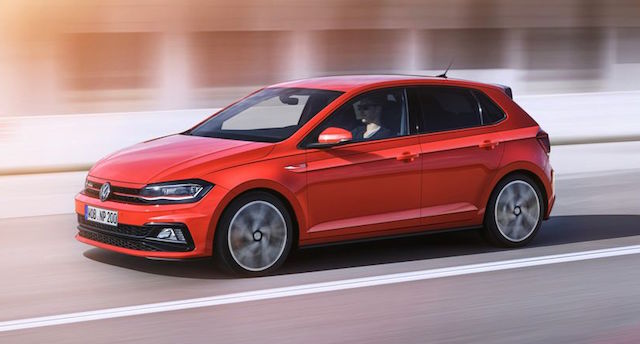
Kiwis who worship at the altar of Volkswagen will find that its sixth-generation Polo hatchback is one of the biggest small cars available, bigger in every dimension but length than earlier Golf models.
The Polo will land in New Zealand around April-May next year. No indication yet of model line-up and prices, although the premium GTi (above) will get a turbocharged 2.0-litre engine, good for 147kW.
Also, there is unlikely to be a turbo-diesel variant in the mix – petrol technology these days offers many of the benefits of diesel, especially in smaller, lighter cars. “We are finalising the Polo range for New Zealand now,” says VW general manager Tom Ruddenklau.
At 4053mm long, 1751mm wide and 1446mm tall, Polo is 81mm longer, 63mm wider and 7mm taller than the car it replaces, although VW claims passenger headroom is up 15mm and 25mm front to rear. Boot capacity, without the rear seats being laid flat, has grown from 280 to 351 litres.
Polo’s wheelbase of 2564mm is 94mm longer than the outgoing hatchback. Significantly, its 2564mm footprint is 52mm longer than the fourth-generation Golf’s 2512mm, and only slightly shorter than the fifth-generation Golf’s 2578mm.
Altogether Polo has grown to match the dimensional gains made by its contemporary compact class rivals. “”The Polo is a young, fresh car. It combines charisma with strong technology. No other car offers so much space for its size,” says VW board chairman Dr Herbert Diess.
“The new Polo is becoming more premium, our most advanced small car ever. It plays in a higher league. The small car segment is highly important, accounting for 7.5 million sales globally in 2016.” Since its introduction in 1975, Polo has notched up around 14 million sales.
The five-door is built on the ‘AO’ version of the VW Group’s flexible MQB platform, whereas the outgoing Polo was based around VW’s PQ25 platform, which dates back to the fourth-generation model launched in 2001.
The new underpinnings combine steel and aluminium within the floorpan for weight savings and scope for a more progressive exterior design, says VW design chief Klaus Bischoff.
“Better proportions create the framework for a more confident appearance,” he says. “We have capitalised on the realignment of dimensions with an expressive design. It’s a car that fits perfectly with our times, both visually and technologically.”
In Europe, Polo will be available at launch with five petrol and two diesel engines. Hybrid and electric variants will follow over the next few years.
The entry-level engines will be 1.0-litre three-cylinder units offering 48kW and 55kW. The three-pots continue up into the price range, putting out 70kW and 85kW and mated to a six-speed manual transmission or a seven-speed dual-clutch auto.
The fifth petrol engine and the first four-cylinder in the standard Polo line-up will be a 1.5-litre delivering 110kW. The Polo GTi gets a boosted 2.0-litre to replace the current GTi’s 1.8-litre.
VW’s latest display technology finds its way into the Polo. There’s a glossy centre screen covered in a glass finish that VW says is as “sophisticated as high-end smartphones.”
Making its debut in Polo is a new-generation interface in the company’s fully digital instrument cluster and a wireless charging pad for phones. Safety tech includes emergency braking, pedestrian and blind-spot monitoring, rear cross-traffic alert and park assist.

